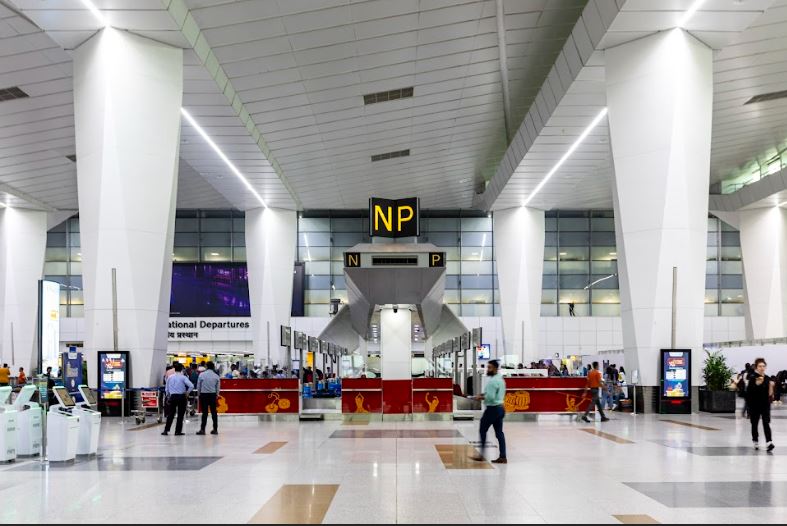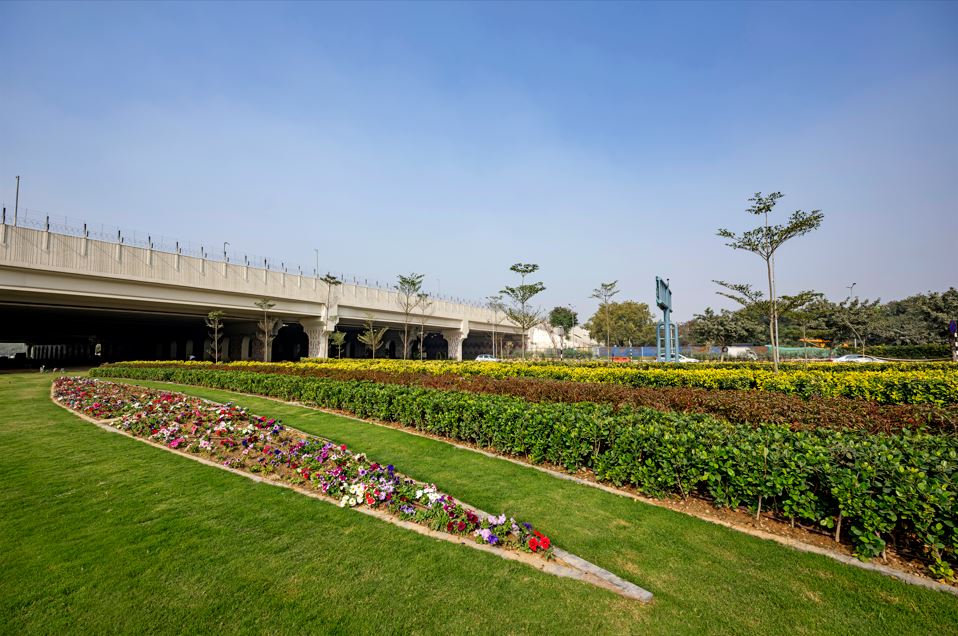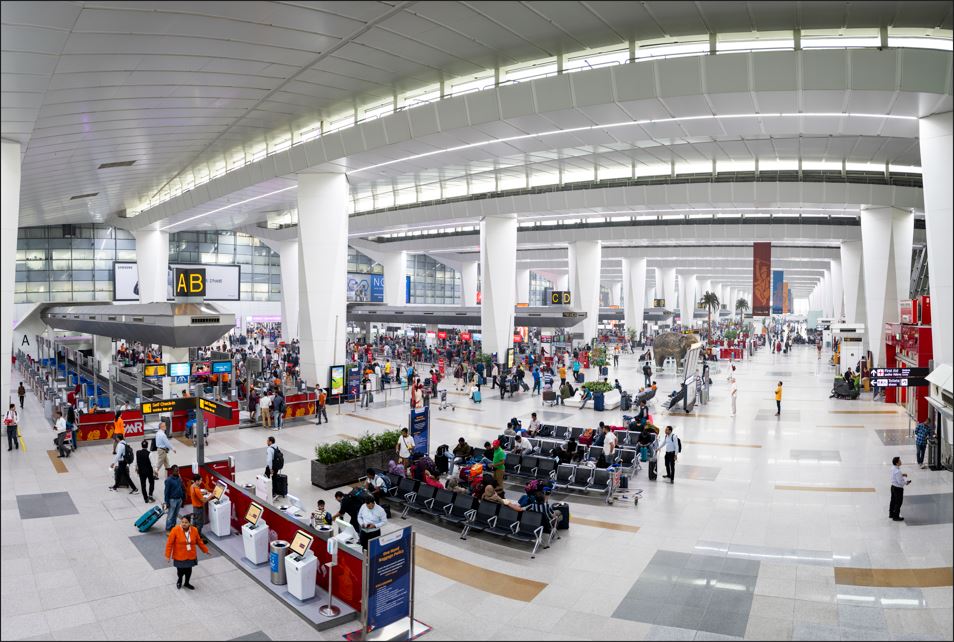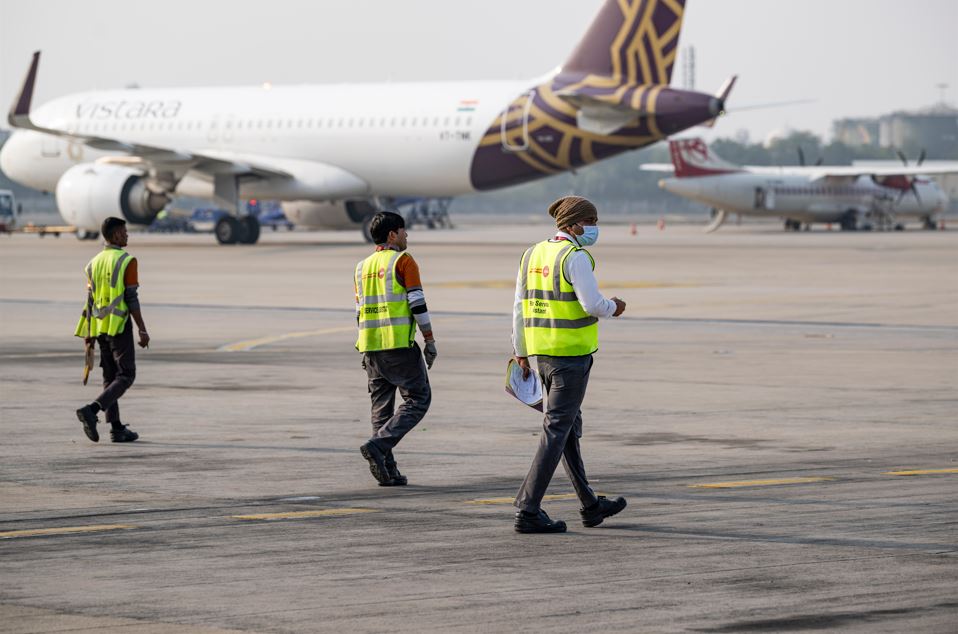
Managing the world's busiest airports is no small feat—it's a delicate balance between innovation, precision and seamless execution. Have you ever wondered how millions of passengers, countless flights and endless operations come together smoothly each day? What lies behind the efficient coordination of air traffic, security and passenger experiences that make these airports not just functional, but exceptional? We are going to find the answer in this write-up.

The global aviation industry stands at a critical juncture where environmental responsibility and operational efficiency converge. Airports, as complex ecosystems of transportation infrastructure, present unique opportunities for implementing sustainable design strategies that can significantly reduce carbon footprints and operational costs.

Airport capacity and demand management is essential for seamless operations, maximizing efficiency, and enhancing passenger experiences. As global air travel continues to expand, the need for effective planning becomes increasingly urgent.

Airports serve as complex ecosystems where countless operations intersect daily. They are environments with a myriad of moving parts, from passenger handling and air traffic control to baggage handling and security procedures.